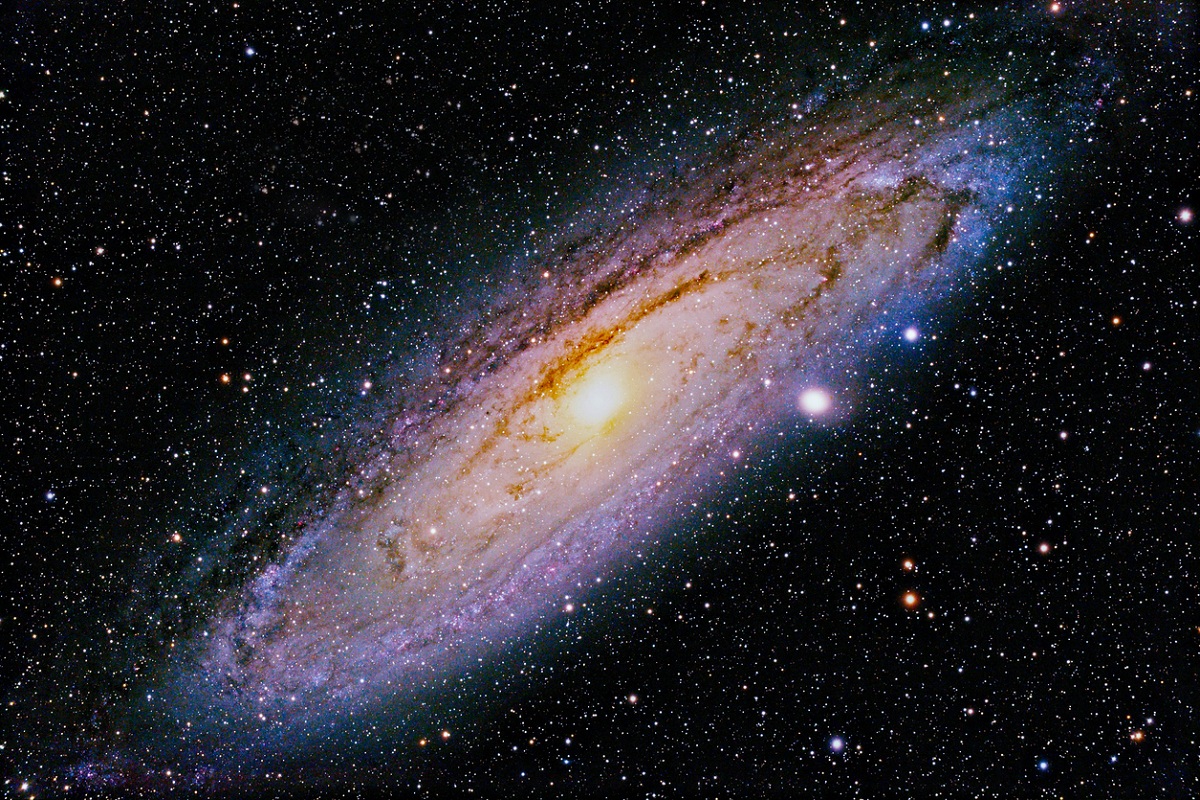NASA discovers 10 new earth-size exoplanets
NASA revealed on Monday 10 new rocky, Earth-sized planets that could potentially have liquid water and support life. The Kepler mission…
“This discovery plays a key role in the design of theoretical models on the formation and evolution of galaxies,” said Jens-Kristian Krogager, a researcher at the UNIGE’s Department of Astronomy.

(Representational Image; Source: iStock)
Astronomers have observed the composition of the gases in our galaxy and have shown that, contrary to the models established until now, they are not homogeneously mixed.
To understand the history and evolution of the Milky Way, astronomers have been studying the composition of the gases and metals that make up an important part of our galaxy. Three main elements stood out: the initial gas coming from outside our galaxy, the gas between the stars inside our galaxy — enriched with chemical elements –, and the dust created by the condensation of the metals present in this gas.
Advertisement
“Until now, theoretical models considered that these three elements were homogeneously mixed and reached the Solar composition everywhere in our galaxy, with a slight increase in metallicity in the centre, where the stars are more numerous,” added Patrick Petitjean, a researcher at the Institut d’Astrophysique de Paris, Sorbonne University in Paris, France.
Advertisement
For 25 hours, a team of scientists observed the atmosphere of 25 stars using Hubble and the Very Large Telescope (VLT) in Chile. They found that the dust cannot be counted with these spectrographs, even though it contains metals.
A team at the University of Geneva (UNIGE) in Geneva, Switzerland, therefore, developed a new observational technique and demonstrated that these gases are not mixed as much as previously thought.
“It involves taking into account the total composition of the gas and dust by simultaneously observing several elements such as iron, zinc, titanium, silicon, and oxygen. Then we can trace the number of metals present in the dust and add it to that already quantified by the previous observations to get the total,” said Annalisa De Cia, Professor in the Department of Astronomy at the UNIGE.
The environment that makes up the Milky Way brings together the metals produced by the stars, the dust particles that have formed from these metals, but also gases from outside the galaxy that regularly enter it, they explained.
As a result of the findings, detailed in the journal Nature, simulations of the Milky Way’s evolution will have to be modified.
“This discovery plays a key role in the design of theoretical models on the formation and evolution of galaxies,” said Jens-Kristian Krogager, a researcher at the UNIGE’s Department of Astronomy.
“From now on, we will have to refine the simulations by increasing the resolution, so that we can include these changes in metallicity at different locations in the Milky Way,” Krogager added.
Advertisement